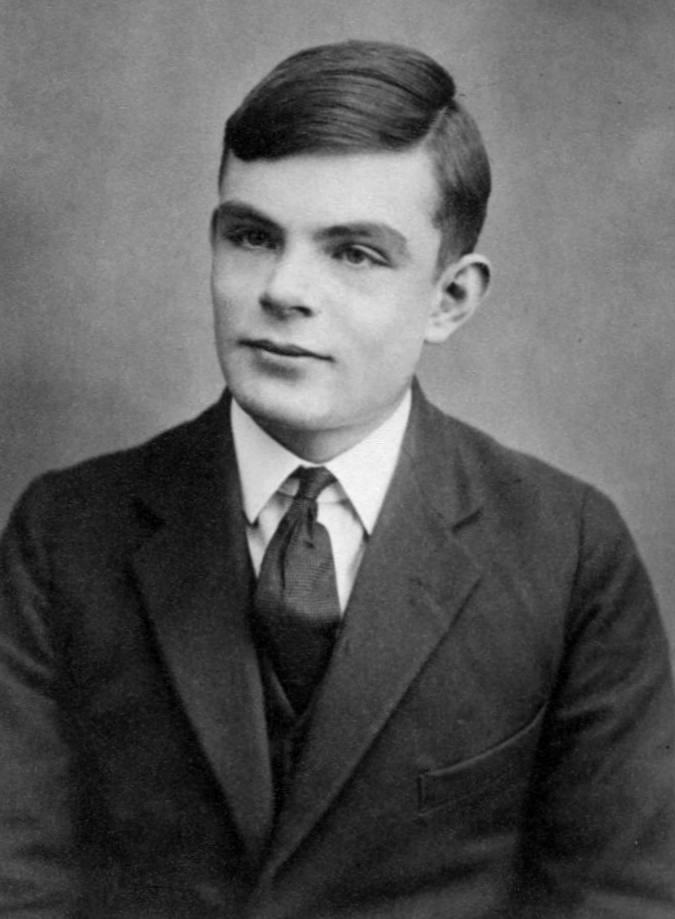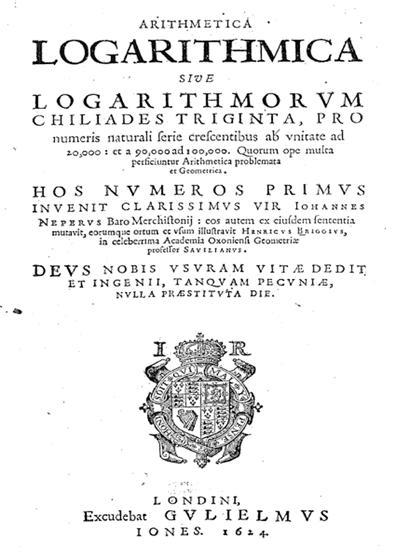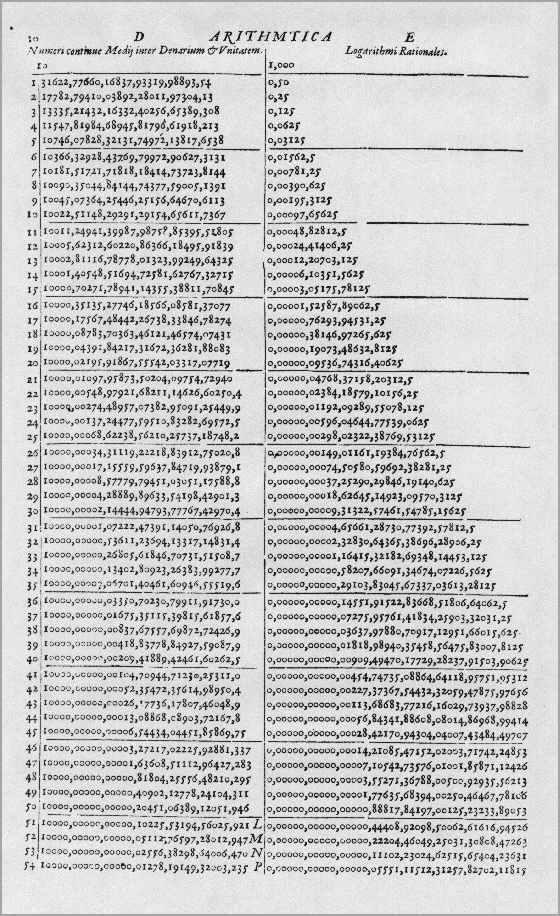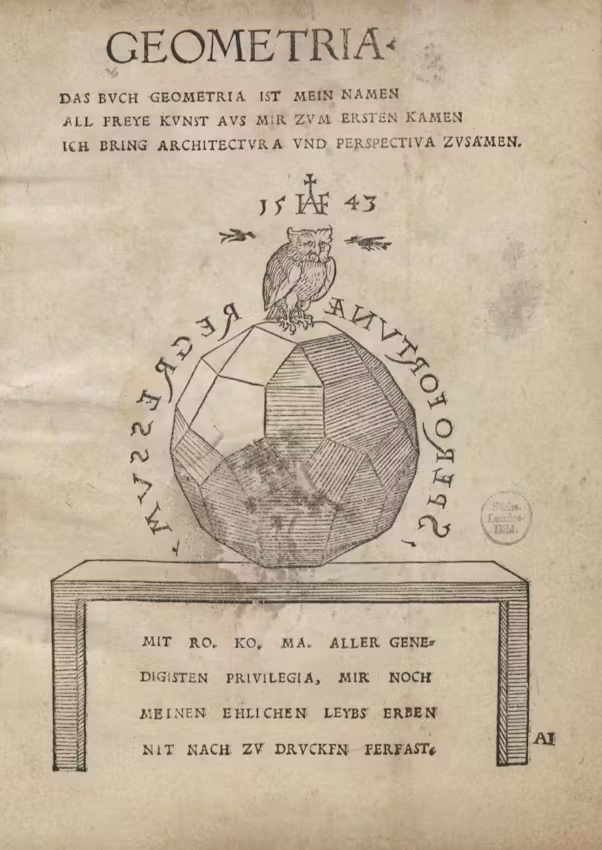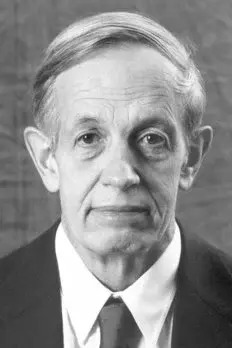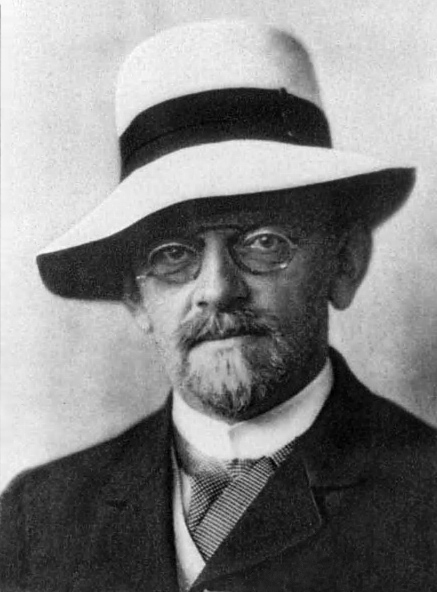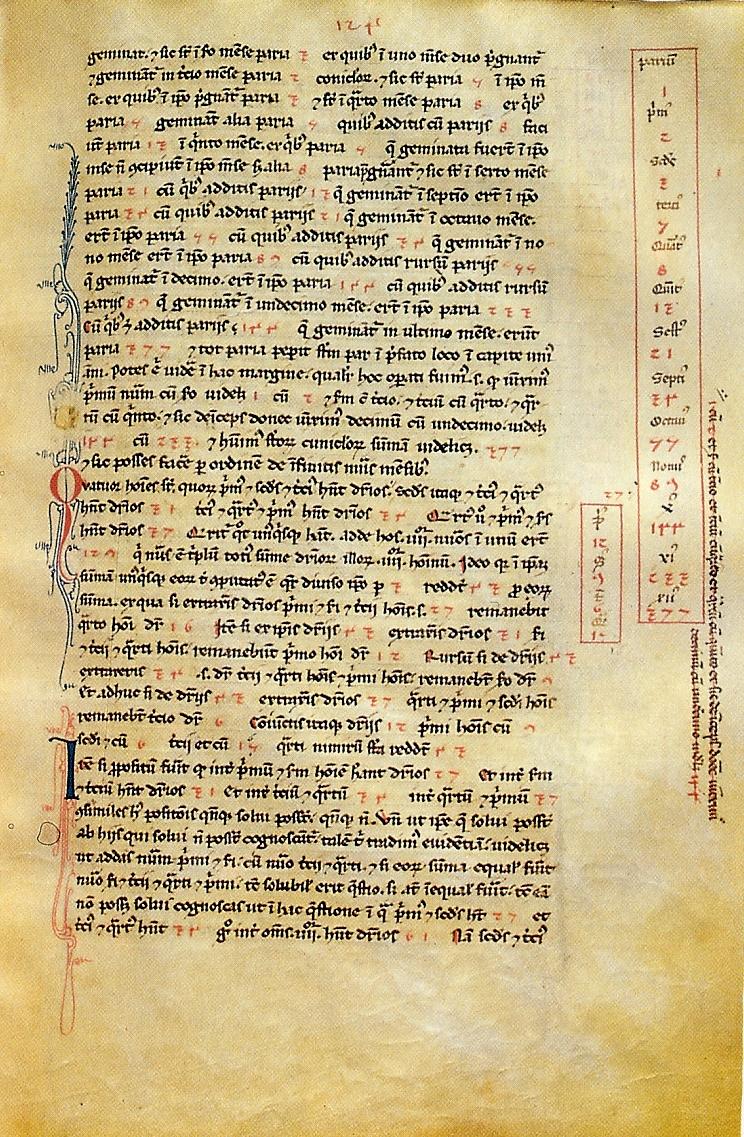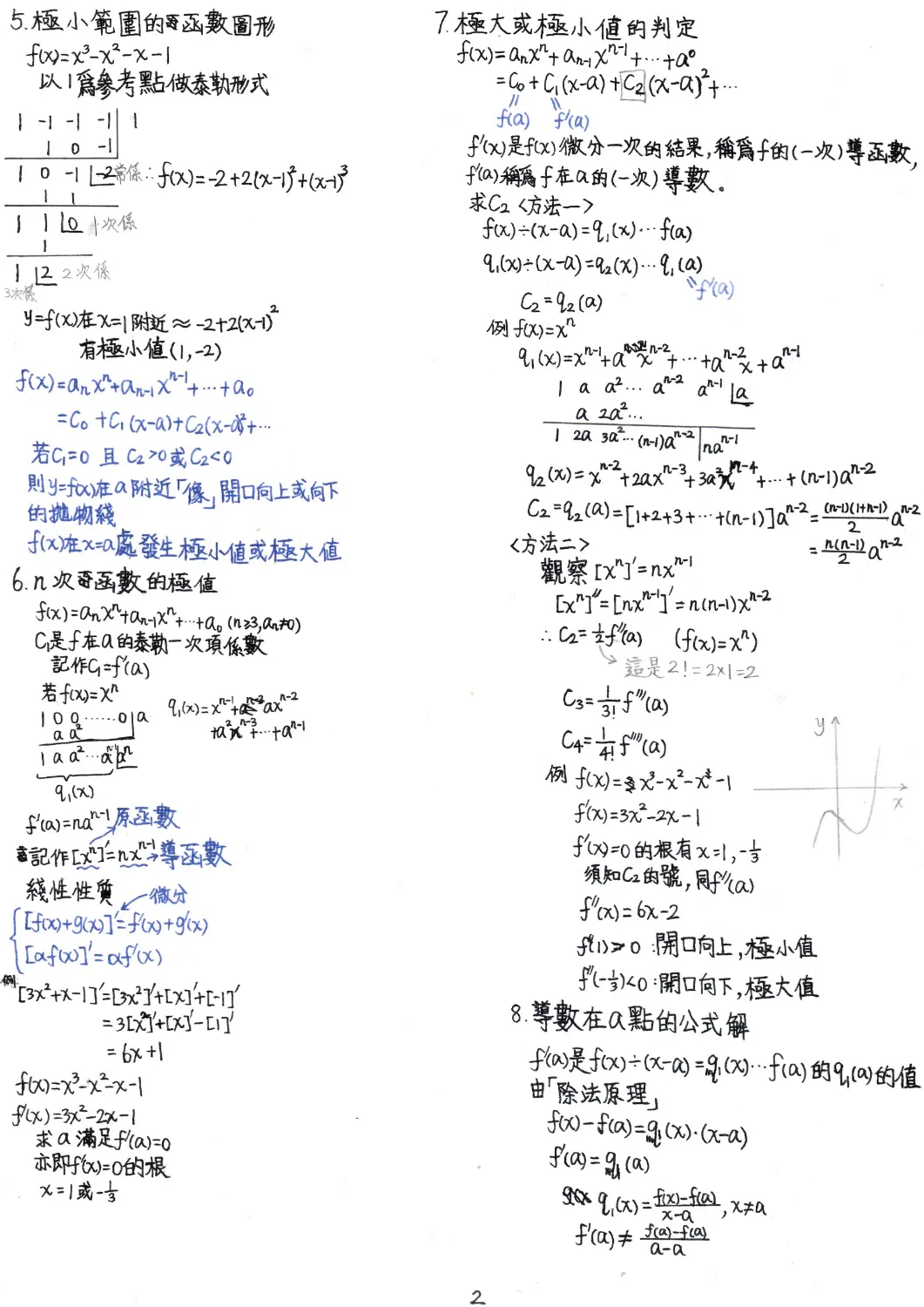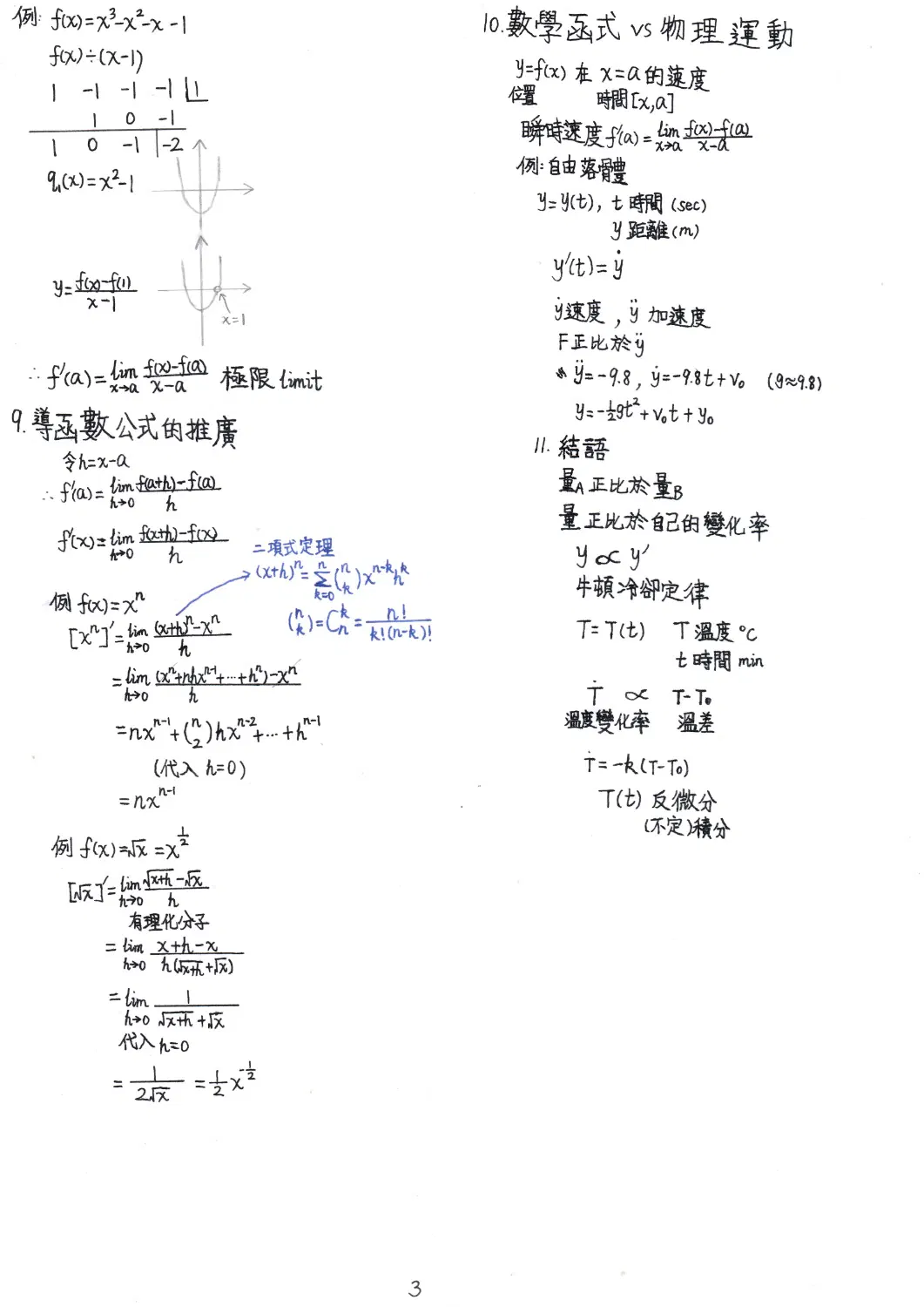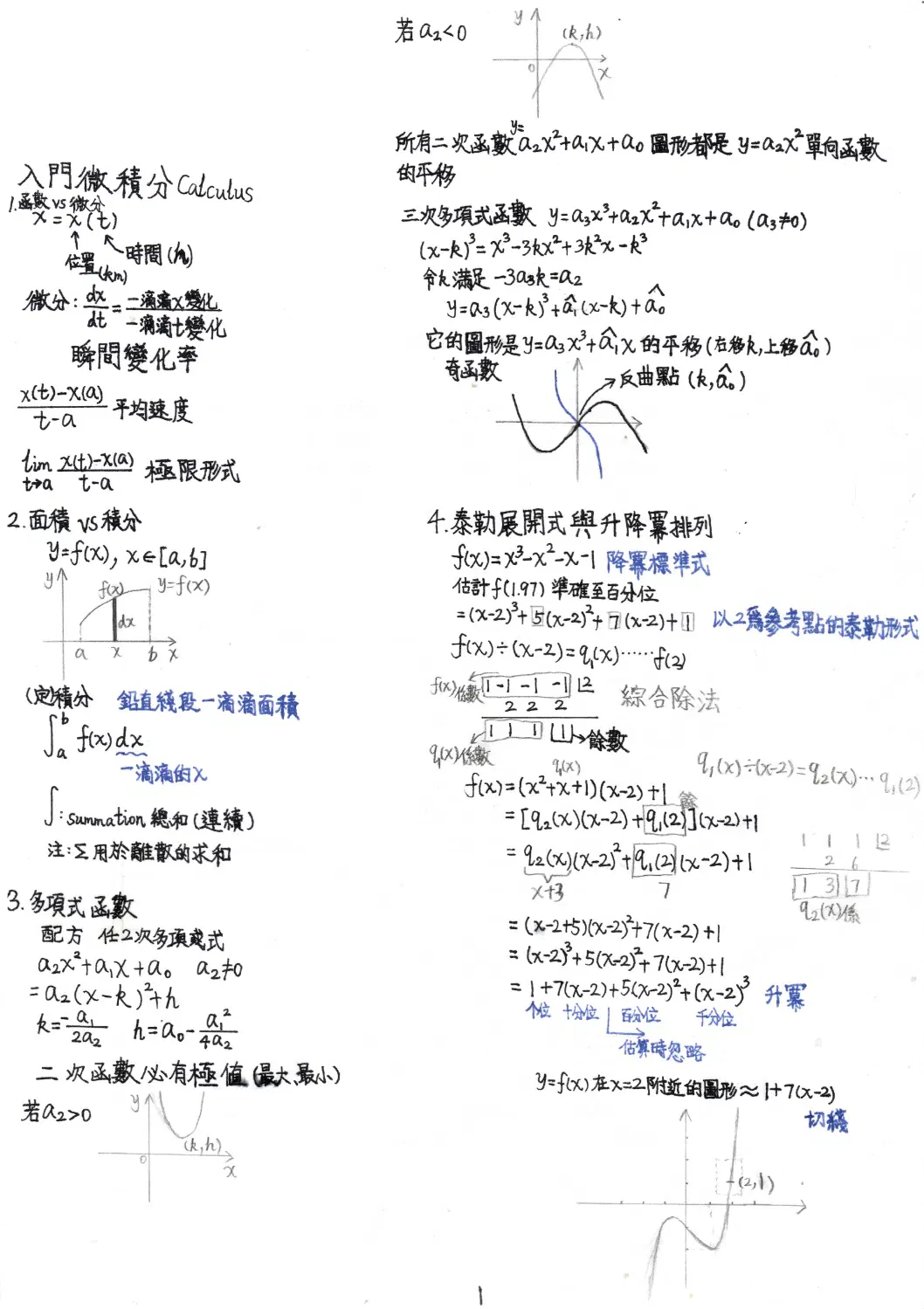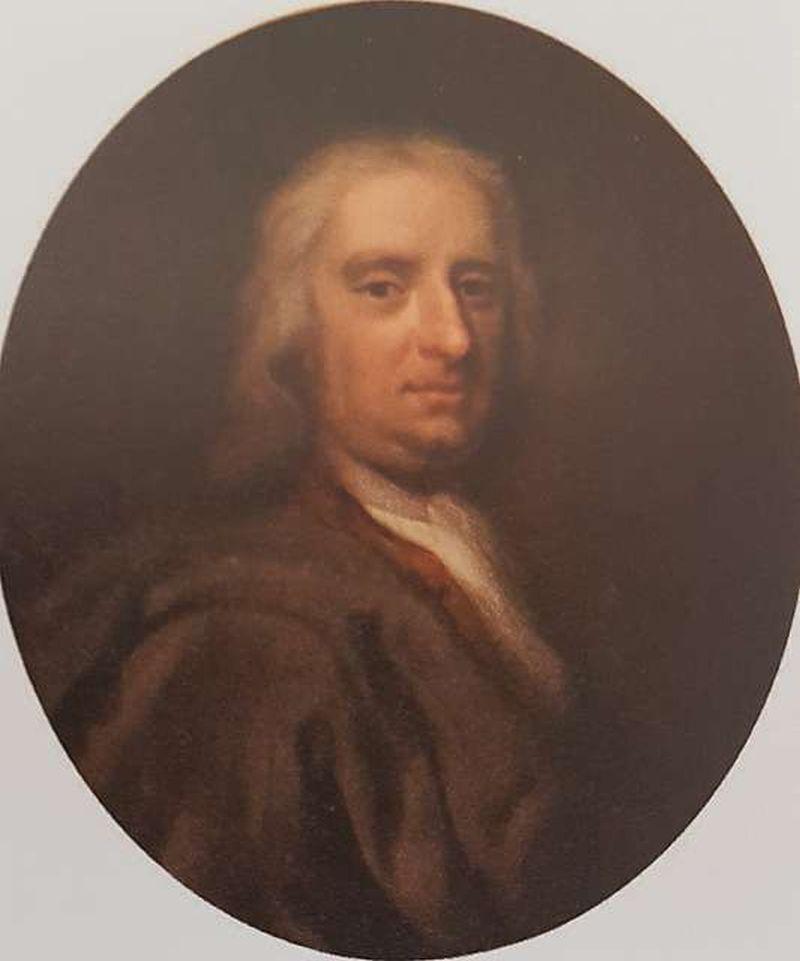French mathematician and philosopher René Descartes died #OTD in 1650.
He is known for his influential arguments for substance dualism, where mind and body are considered to have distinct essences, one being characterized by thought, the other by spatial extension. He has been dubbed the "Father of Modern Philosophy" and the "Father of Modern Mathematics."
https://en.wikipedia.org/wiki/Ren%C3%A9_Descartes
Books by René Descartes at PG:
https://www.gutenberg.org/ebooks/author/44
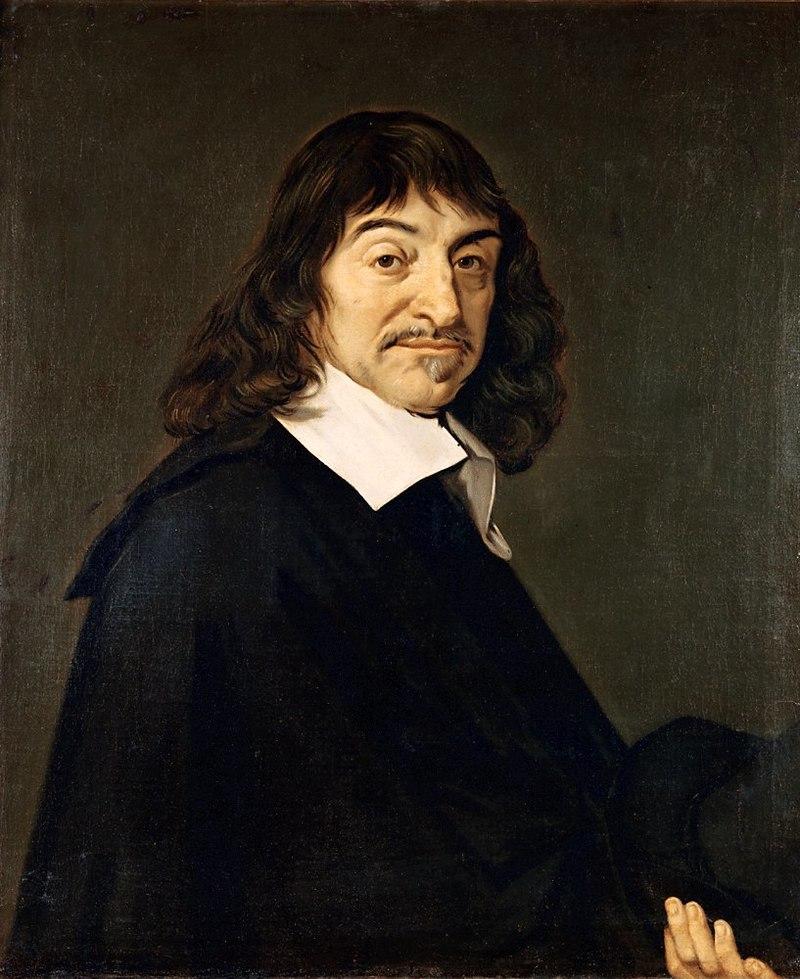
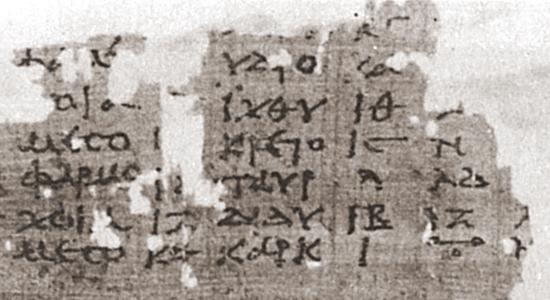
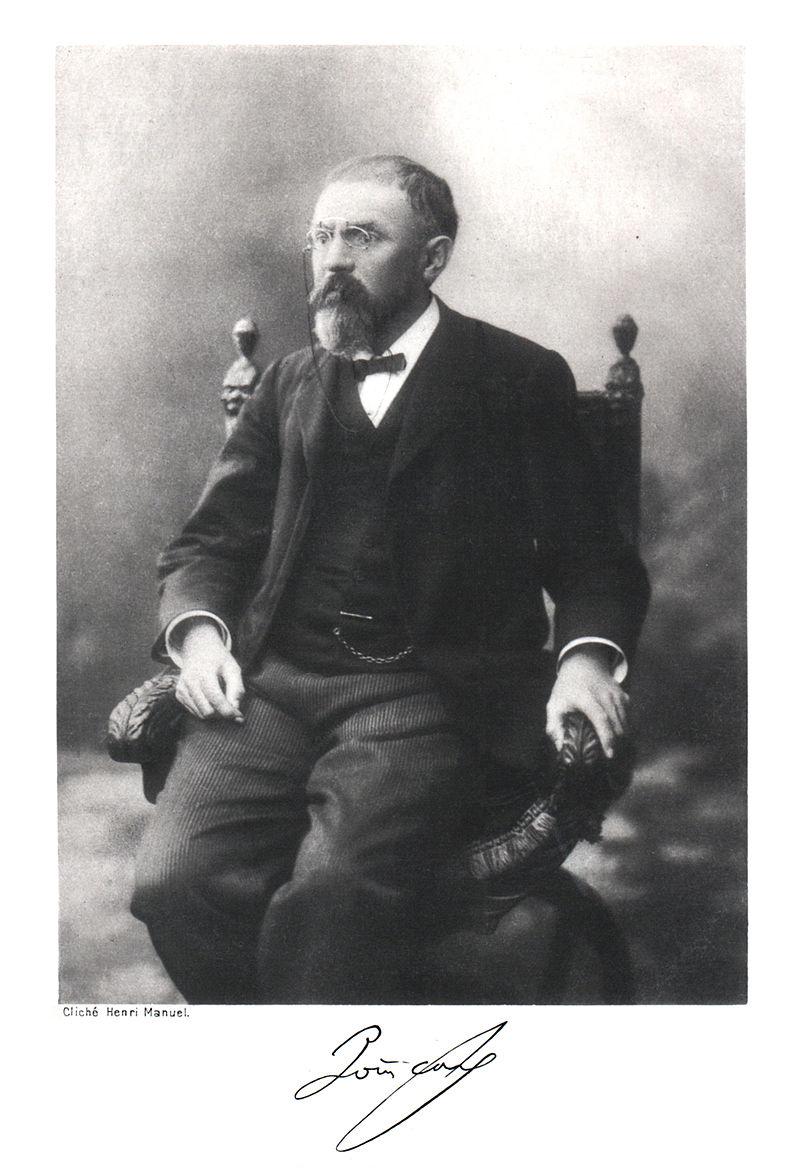
![The word algebra comes from the title of al-Khwarizmi's book Al-Jabr.[13]
Al-Khwarizmi - Esposito, John L. , ed. (1999) The Oxford History of Islam, Oxford University Press ISBN: 0195107993. ; April 2006 (upload date) by Spm
https://en.wikipedia.org/wiki/Algebra#/media/File:Image-Al-Kit%C4%81b_al-mu%E1%B8%ABta%E1%B9%A3ar_f%C4%AB_%E1%B8%A5is%C4%81b_al-%C4%9Fabr_wa-l-muq%C4%81bala.jpg The word algebra comes from the title of al-Khwarizmi's book Al-Jabr.[13]
Al-Khwarizmi - Esposito, John L. , ed. (1999) The Oxford History of Islam, Oxford University Press ISBN: 0195107993. ; April 2006 (upload date) by Spm
https://en.wikipedia.org/wiki/Algebra#/media/File:Image-Al-Kit%C4%81b_al-mu%E1%B8%ABta%E1%B9%A3ar_f%C4%AB_%E1%B8%A5is%C4%81b_al-%C4%9Fabr_wa-l-muq%C4%81bala.jpg](/proxy/post_attachment/714514/2871b612b3.jpg)
